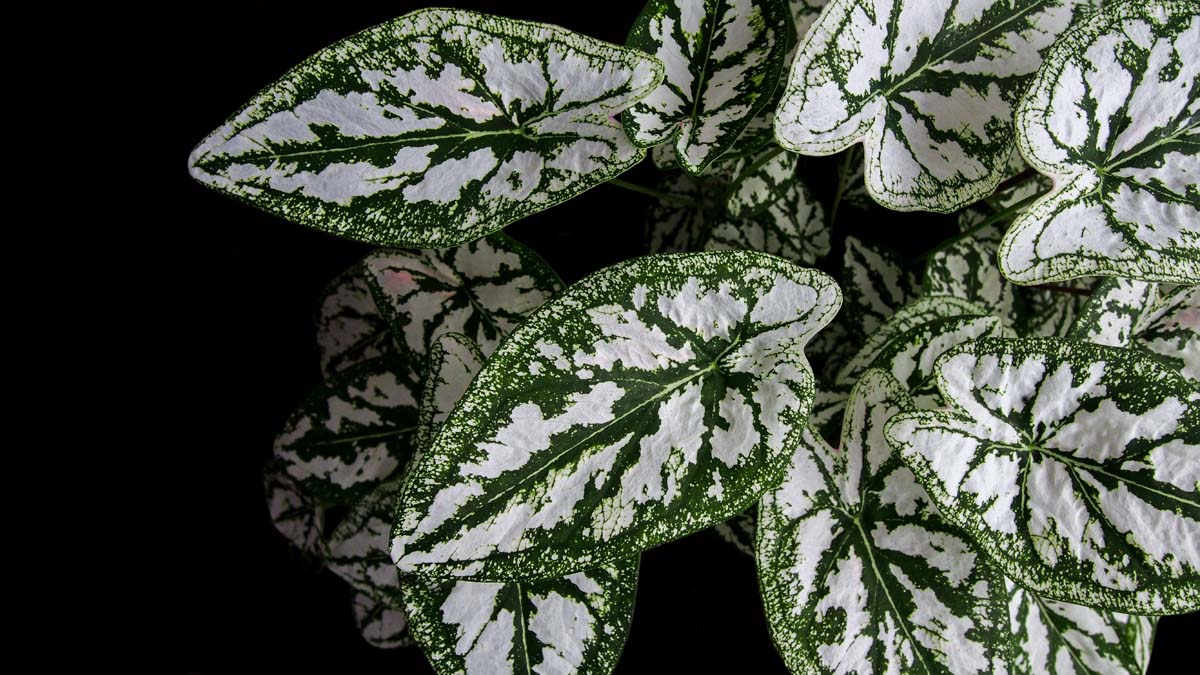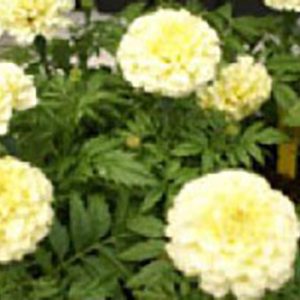Description
Caladium –
There are about 7 species of tuberous-rooted, deciduous perennial commonly used as annuals, in this genus. They occur in woodland margins in tropical South America. They are grown for their long stalked, peltate, elephant ear shaped, broadly arrow, or lance shaped leaves which are variegated white, pink, or red sometimes with rich patterning. The insignificant, greenish white spathes and spadices with green flowers, are followed by white berries. Contact with all parts may irritate skin, and cause mild stomach upset if ingested.
Indoors, grow in soilless potting mix in bright filtered light. Pot up tubers in spring and provide high humidity at 70 degrees Fahrenheit not less than 55 degrees Fahrenheit when leaves develop. During the growing season maintain high humidity, water freely, and apply a balanced liquid fertilizer monthly, reduce water in autumn. Keep dormant tubers almost dry at 55-61 degrees Fahrenheit.
Outdoors, grow in moist but well drained, humus rich, slightly acidic soil in partial to full shade. Divide tubers in spring.
Prone to tuber rot, southern blight, bacterial leaf spot, fungal leaf spot, root knot, nematodes, aphids, and spider mites.
C. humboldtii – This clump forming, tuberous perennial from Venezuela and Brazil grows 10″ tall with an indefinite spread. It produces peltate, ovate, oblong, arrow shaped, white blotched, dull green leaves, 1-4″ long. Inflorescences are insignificant. May be grown in long fiber sphagnum moss in standing water.
Zones





